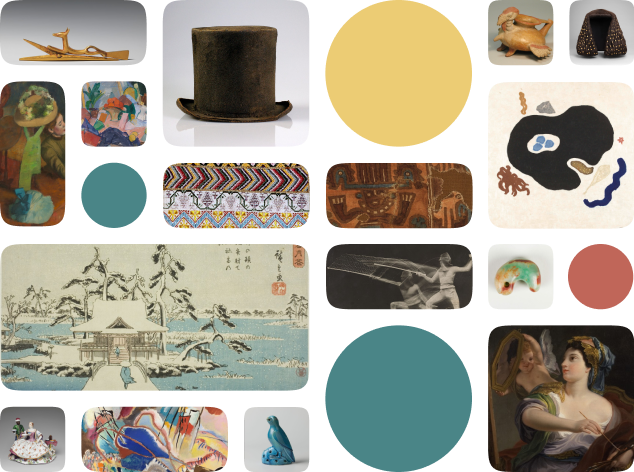Portret van François Valentijn
Creator Name
Cultural Context
Date
Source
About the Work
This elaborately composed engraving served as the frontispiece to the first volume of Oud en Nieuw Oost-Indiën (Old and New East Indies), the five-part, eight-volume magnum opus of Dutch Calvinist minister and naturalist François Valentijn. Published between 1724 and 1726, the work presents an encyclopedic account of the Dutch trade empire in Southeast Asia and beyond, with particular focus on what Europeans referred to as the Dutch East Indies (present-day Indonesia and parts of Malaysia). Informed by Valentijn's experiences as a colonial administrator for the Dutch East India Company (VOC) between 1685 and 1713, the volumes combine ethnographic observations with thousands of illustrations, maps, and unpublished VOC documents. Established in 1602, the VOC monopolized Dutch trade in Asia and functioned as a central instrument of Western imperialism throughout the 17th and 18th centuries. Though long regarded as a definitive Western source on the region, Oud en Nieuw Oost-Indiën is now recognized as a text shaped by colonial fantasy—marked by exoticized depictions, unverified narratives, and Valentijn's self-aggrandizing tone.
The frontispiece reflects Valentijn's worldview as closely aligned with the Dutch colonial agenda, using Dutch Calvinism as a means to assert cultural dominance abroad. At the center of the engraving is an oval-shaped portrait of Valentijn, underscoring his claimed authority and central role in constructing colonial knowledge. He appears in a minister's wig and collar, lending the image an almost hagiographic quality. This impression is reinforced by the Latin inscription beneath the portrait, which identifies him as "Franciscus Valentinus Dordracensis nuper verbi divini minister Amboinensis" ("François Valentijn of Dordrecht, recently minister of the divine word in Ambon"). Four allegorical figures support the portrait: the Roman goddesses Minerva (wisdom) and Fides (faith), along with two others, collectively representing the Four Continents. Their symmetrical arrangement, with Valentijn positioned centrally, visually asserts his divine mastery over global knowledge. The Muse of science and art at the top right contrasts with an exoticized Asian figure hunched in the bottom left, further reinforcing colonial racial hierarchies.
Work details
Title
Creator
Worktype
Cultural Context
Material
Dimensions
Technique
Language
Date
Provenance
Style Period
Rights
Inscription
Location
Source
Subjects
Topic
Curationist Contributors
Related Content
All Works in Curationist’s archives can be reproduced and used freely. How to attribute this Work:
Help us improve this content!
Save this work.
